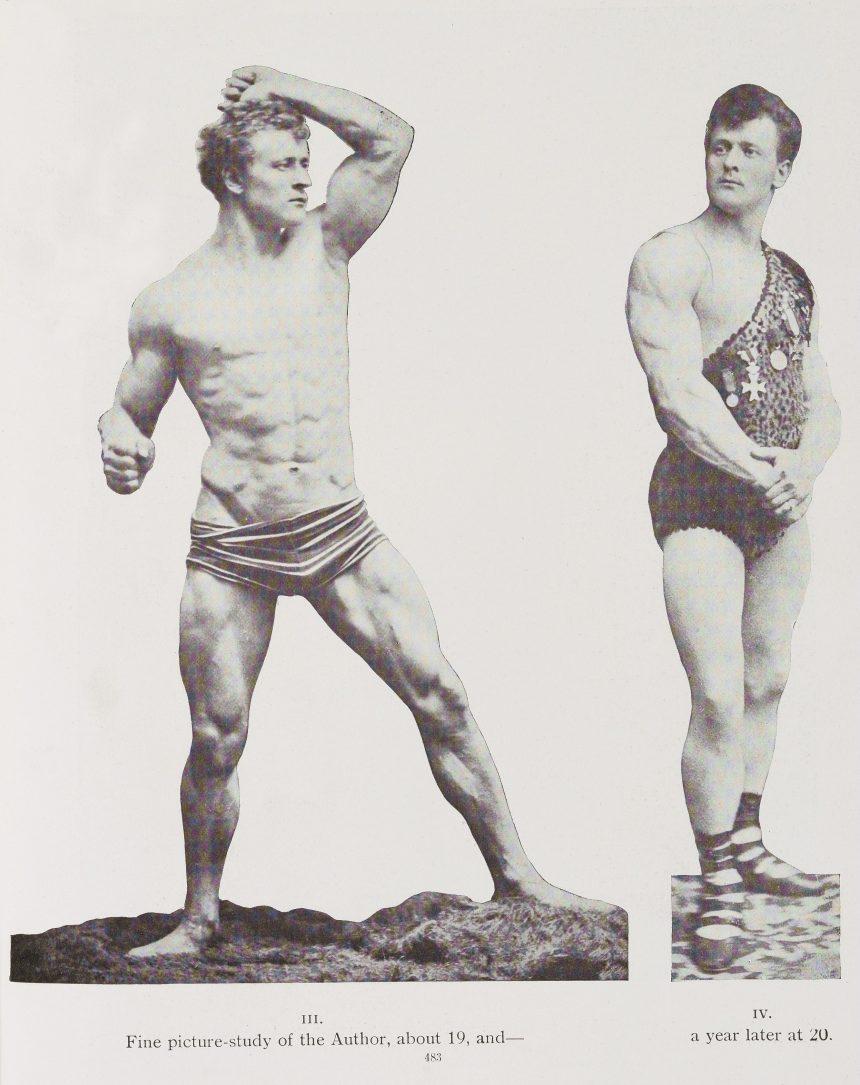Published by the famed physical culturist, Eugen Sandow, in 1919, Life is Movement; The Physical Reconstruction and Regeneration of the People, marks a fascinating turn in physical culture’s importance. Sandow, whose career was detailed by David Chapman in the early 1990s, was one of the most influential physical culturists of the early twentieth century. Such is Sandow’s influence even today that the Mr. Olympia statue, awarded every year, is based upon his physique. Known primarily for his bodybuilding exploits, Sandow was also a passionate and, for a brief spell, successful proponent of treating illness through diet and exercise. In the late 1800s, Sandow opened a series of medical clinics for clients wishing to treat themselves without the use of harsh medicines or drugs. Such was Sandow’s success during this time, that it is said over 90% of his clients recovered.
Sandow’s Life is Movement details both the strongman’s successful medical clinics and his belief in a world free from disease. The book offers an insight into the troubled and confused post-War period in Britain. For scholars today, the book serves as a timely reminder that early physical culturists were concerned with exercise in every facet, including exercise as treatment.




Leave a Reply